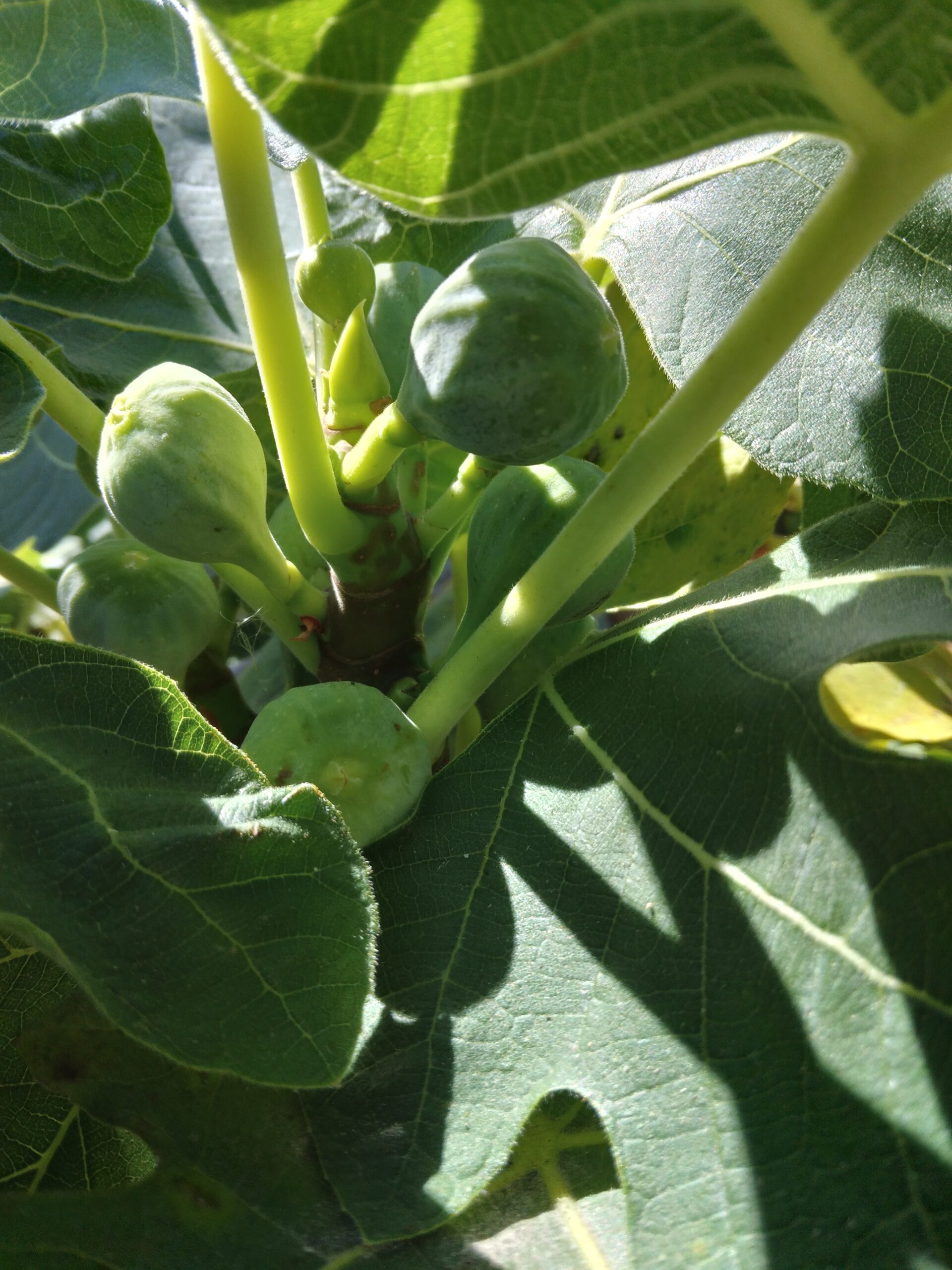Fig tree leaves have various uses beyond just being part of the tree’s foliage. Here are several ways to utilize fig tree leaves:
1. Culinary Uses:
– Wrap and Grill: Fig leaves can be used to wrap and grill certain foods, such as fish or cheese. The leaves impart a subtle, unique flavor to the grilled items.
– Cooking: Fresh fig leaves can be added to certain dishes during cooking to infuse flavor. They are particularly used in Mediterranean and Middle Eastern cuisines.
2. Culinary Infusions:
– Fig Leaf Tea: Dried fig leaves can be used to make a fragrant tea. The tea is believed to have various health benefits, and it is enjoyed for its mild, slightly sweet flavor.
3. Medicinal Purposes:
– Antioxidant Properties: Fig leaves are believed to have antioxidant properties and are used in traditional medicine for various purposes, including managing diabetes and promoting cardiovascular health. However, it’s important to consult with a healthcare professional before using fig leaves for medicinal purposes.
4. Natural Repellent:
– Insect Repellent: Some people use fig leaves as a natural insect repellent. Placing fresh fig leaves in areas where insects are a nuisance may help deter them.
5. Crafts and Decor:
– Pressed Leaves: Fig leaves can be pressed and used in various crafts. Pressed leaves can be framed, used in scrapbooking, or incorporated into handmade cards.
– Decorative Wrapping: Fresh or dried fig leaves can be used as decorative elements for wrapping gifts. They add a touch of nature to the presentation.
6. Gardening Mulch:
– Mulching Material: Dried fig leaves can be shredded and used as mulch around garden plants. Mulching helps retain soil moisture, suppress weeds, and improve soil structure.
7. Livestock Feed:
– Animal Feed: Fig leaves can be a nutritious addition to the diet of certain livestock animals. However, it’s essential to ensure that the leaves are safe and suitable for the specific type of animal.
8. Natural Skincare:
– Skincare: Some people use fig leaf extracts or fig leaf-infused oils in skincare products. Fig leaves are believed to have moisturizing and skin-soothing properties.
9. Natural Dyes:
– Dyeing Fabric: Fig leaves can be used as a source of natural dye for fabrics. The leaves can impart shades of green, depending on the fabric and the dyeing process.
10. Potpourri:
– Aromatic Potpourri: Dried fig leaves, with their unique scent, can be added to potpourri blends for a natural and aromatic touch to home decor.
When using fig leaves for culinary or medicinal purposes, it’s crucial to ensure that they are sourced from healthy, non-toxic varieties of fig trees. Additionally, individual sensitivities can vary, so it’s advisable to test for any allergic reactions before extensive use. Always consult with experts or professionals in relevant fields when using plant materials for medicinal or edible purposes.
Follow us on Instagram for more gardening tips.

